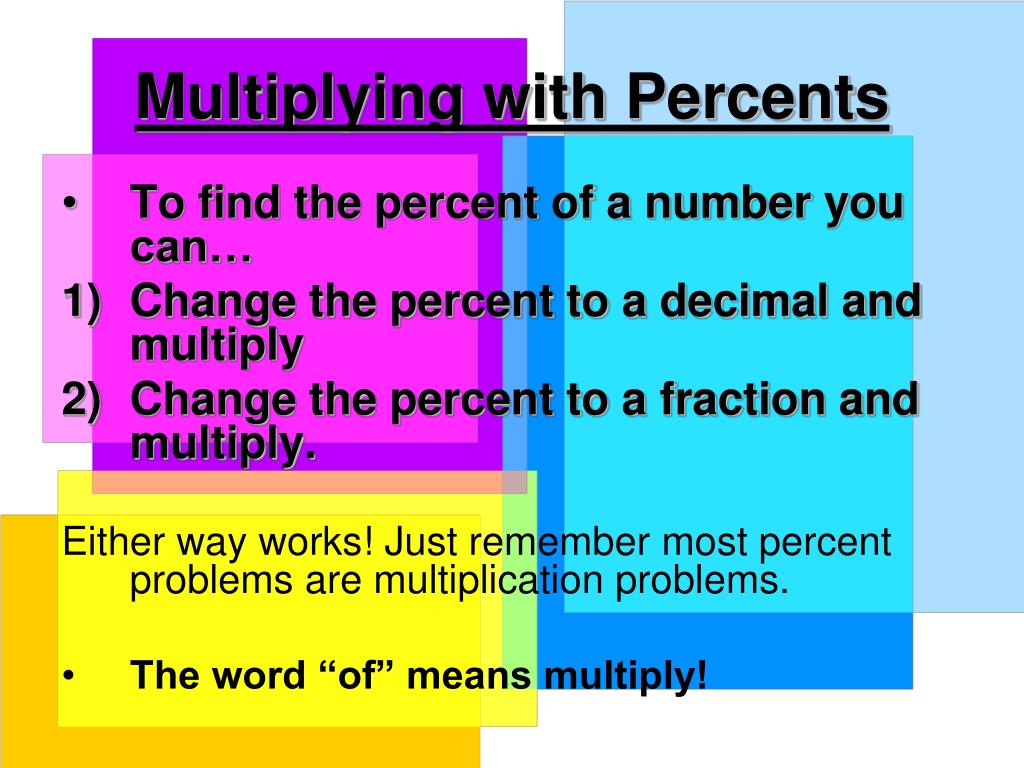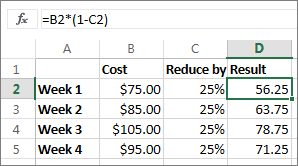
Another real-world example could be shoe size comparisons. So, for example, if you want to determine whether there are 30% more men than women in a company, or whether this year, 28% less people went to the federal election than last year. When comparing two values with each other, one is often interested in the percentage difference between the numbers. So, we can now confidently say that 50 (the percentage value) is 25% (percentage) of 200 (base value)! From one value to another: 200 is what % greater/less than 50? Now, that it is in its simplest form, directly doing the math leaves us with a base value of 200. Converting the fraction into its integer equivalent results in our formula looking as follows: Base value (G) = 2 x 100. Putting our known values into this gives us: Base value (G) = 50/ 25 x 100. Since we are looking for G, we can divide by P, so G is isolated on one side of the equation, resulting in the following rearranged formula: Base value (G) = Percentage value (W)/ Percentage (P) × 100 %. The percentage value (W) is 50, the percentage (P) is 25%, and we can recall that our starting formula is 100 x W = G x P. For the question “50 is 25% of what value?”, we know that the basic value (G), is the value we are looking for. However, you can also make it very easy for yourself by breaking down the problem. If we want to know what 25% of 200 is, we can set up the following proportion: \frac If we want to calculate values that are out of this range, we can take our ratio and turn it into a proportion, with the W value being our unknown or what we want to figure out.įor instance, 25% is represented as 25/100 in fraction form. The term’s origin can be traced back to a Latin phrase that meant “by the hundred”, which is why today it is sent up as a ratio whose denominator is 100.
Multiply percentages how to#
Understanding how to calculate percentages roots itself in the word. For example, percent calculations appear in regard to price increases, discounts, VAT with net and gross values, or with profit calculations. After school, percentages are often found in price calculations connected with dollar amounts and interest accumulation. “I’ll never need to know how to do this math again anyway!” – Unfortunately, this statement is not entirely true. Or check out our percentage off calculator here. 200 is 25% greater/less than what value? Finding initial values ».How much is 50 plus/minus 25%? Addition/subtraction of percentages ».200 is what percent more/less than 50? From one value to another ».50 is 25% of how much? Find whole number from percentage ».What percentage of 200 is 50? How to find percentage ».What is 25% of 200? Determine percentage values ».Calculate percent yourself: What do you want to know? You can either use our percentage calculators directly, or simply browse through our provided percentage formulas, methods of calculation, and examples below. So, the final cost of the pants would be $966 at the concessionaire.Hello! We’re glad that you’re here! Our simple percentage calculators will enable you to solve any percentage problem within the next 12 seconds. To find the final cost, we multiply 920 by 1.05.

Now that we have the decimal forms, we first multiply 800 by 1.15. Move the percentages two decimal places to the left. If the supplier cost of the pants is $800, how much would a customer have to pay at a concessionaire?Īdd the percentage with 100 first. A concessionaire also adds 5% on top of the cost. Q1) A store sells a pair of pants at a profit of 15%. Examples of adding consecutive percentages together:

To find the final value, we multiply 330 by 1.20. Use the new value and multiply the second percentage (also in decimal form). So, for our example, we multiply 300 by 1.10. Multiply the first given percentage (in decimal form) to the base value. Step 2: Convert the percentages to decimalsĬhange the percentages to decimal by moving two decimal places to the left of the percentages. Step 1: Add the given percentages to 100įor example, if we want to increase 300 by 10% then increase the result by 20%. We’ll go through these stages in detail below.


 0 kommentar(er)
0 kommentar(er)
